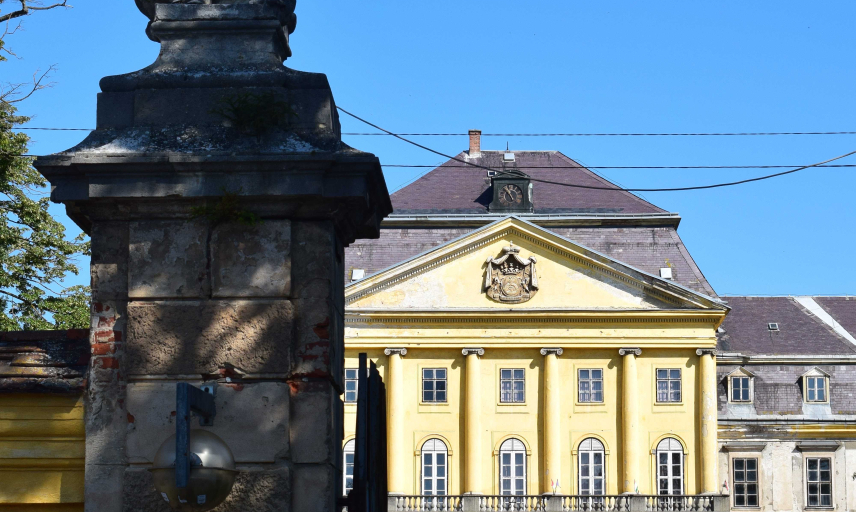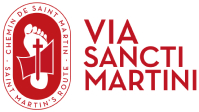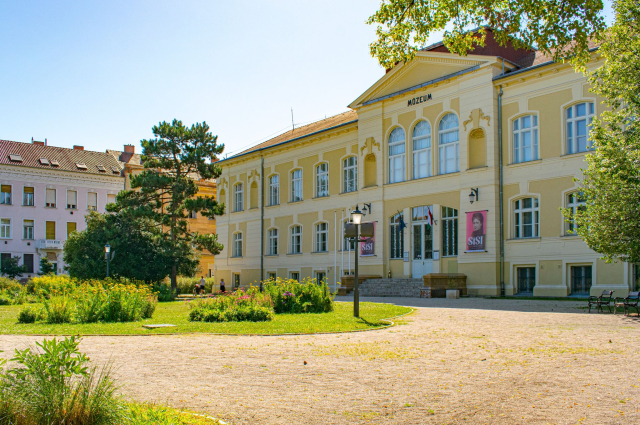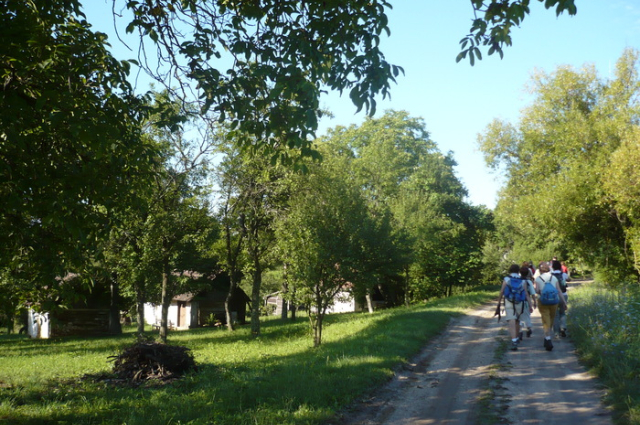
Stop point - Körmend

(Written by Gyula Siklós, the archaeologist)
In his will of 1434-35, the merchant István Körmendi mentions three churches in the town: the Church of St. Martin, the Monastery of the Virgin Mary and the Church of St. Elisabeth.
Then, around 1513, we learn that Lőrinc Körmendi was then the director of the Altar of the Dead in the church of St. Martin outside the walls.
About the former church of St Martin in Körmend
(by archaeologist Gyula Siklós)
In his will of 1434-35, the merchant István of Körmend mentions three churches in the town: the Church of St. Martin, the Monastery of the Virgin Mary and the Church of St. Elisabeth.
Then, around 1513, we learn that Lőrinc Körmendi was then the director of the Altar of the Dead in the church of St. Martin outside the walls.
The most eloquent information about the location of the church is the former name of the present-day Kölcsey Ferenc u. (1603, 1614: Mártonné utza, 1633: Szent Márton u., until 1698: Szent Mártony utza, 1757: Szent Mártonyi utza, 1857: part D: Sz Márton utza, 1867: Szt Márton utcza, 1900, 1907: Szent Márton u., 1921: St. Martin's Street, 1925, 1930: St. Martin's Street) It is no coincidence, then, that József Dénes located the church at 12 Kölcsey Street, the site of the only large square in the Inner City, probably built in the 14th century. However, the Goricza residential tower clearly stood here in the 16th century. Erika Hajmási carried out archaeological research on the school site in 1986, where she excavated the brick foundation walls of the beer house and identified a 17th-century farm building. She also found parts of the moat. However, he found no graves, no church finds and no church remains. If not here, where could the church of St Martin have stood? It is probable that the church stood in St Martin's Street when it was founded, if the street, first called St Martin's Street in 1603, was still called St Martin's Street. The route of this street was changed in 1716 when it took on its present alignment. Its original direction may have been in the direction of today's Zrínyi Miklós Street (1867: Rózsa Street before 1928: Rózsa Street), where human bones were discovered in the area of house No. 4 (district medical practice) during excavations around 1980. A record from around 1513 refers to the church as being outside the walls, probably not by chance, since the residential areas north of the town centre were only separated from the town centre in the 14th century, probably with the construction of the palisade, and the suburbs are only mentioned in sources from 1608. The church is located in the area of today's Zrínyi u. 4.
Altar of the Dead
In the early 1500s lived Lőrinc Lőrinc of Körmend, the director of the Altar of the Dead in the church of St. Martin outside the walls, who, according to a document of around 1513, was Lőrinc of Körmend. A document issued in Bratislava on 29 September 1372, relating to St. Martin, reads as follows: 'At the request of King Louis I, Domonkos' son János, the juror of Körmend, on behalf of himself and the other citizens and hospices of Körmend, he grants the oppidum of Körmend the right to hold an annual fair on St. Martin's Day, like the city of Buda (civitas).
More information about Körmend: https://www.kormend.hu/
- Körmend


